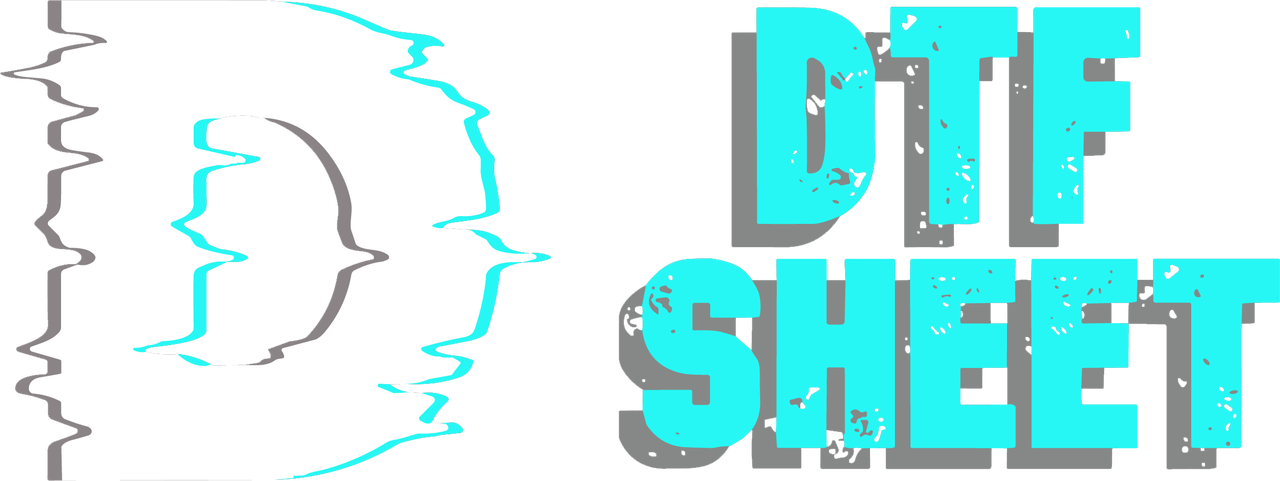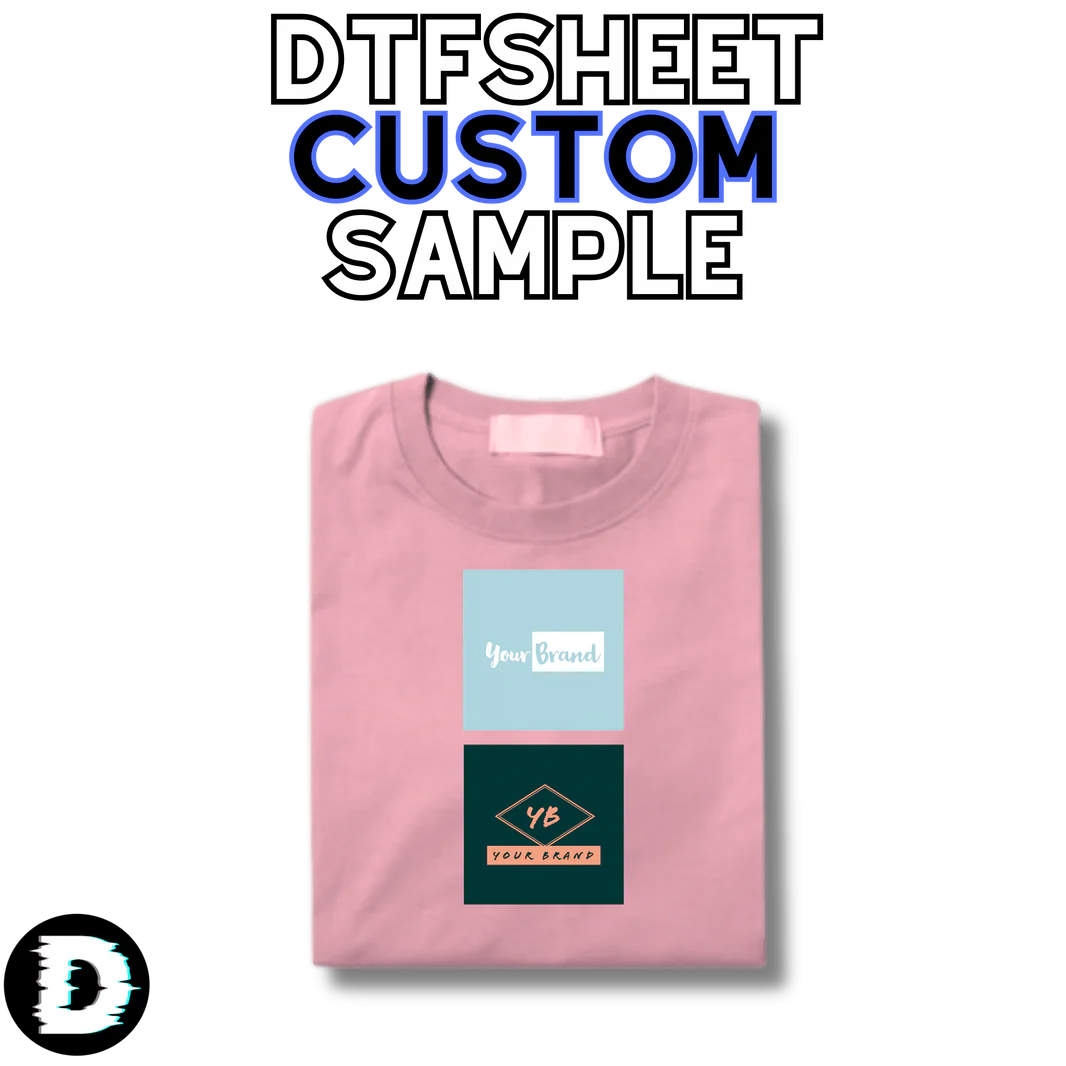DTF (Direct to Film) printing is considered a revolutionary development in the textile industry in recent years. This innovative technology redefines textile printing processes using water-based inks and powder adhesives. This unique printing process allows you to reinvent your textile products. Along with this opportunity, it also offers the importance of ink to everyone through DTF printing.
The Power of Water-Based Inks
Water-based inks are environmentally friendly and less harmful to health compared to traditional solvent-based inks. The biggest advantage of water-based inks is that they do not contain solvents. This minimizes the release of toxic chemicals into the atmosphere and the risk of threatening the health of workers. In addition, the colors of water-based inks are vivid and provide excellent adhesion to the textile surface. In this way, prints are long-lasting and problems such as wear and fading are minimized.
The Role of Powder Adhesives
Powder adhesives are one of the key components of DTF printing. These fine powders provide better adhesion of the ink when applied to the textile surface to be printed. Powder adhesives are selected according to the type of textile and the quality of the print. These materials facilitate the accurate transfer of ink during the printing process and ensure that the results are sharper, more vibrant and of higher quality.
The Importance of Ink and Powder Adhesive Compatibility.
The compatibility between water-based inks and powder adhesives forms the basis of DTF printing. This fit is an important factor that affects the quality of the print. Water-based inks provide excellent adhesion to the textile surface, but this adhesion cannot be fully achieved without powder adhesives. Powder adhesives provide better adhesion of the ink while at the same time contributing to a more vivid and clear color. Therefore, choosing the right combination of ink and powder adhesive is the key to successful DTF printing.
Scientific Basis of DTF Printing
When conducting research on printing, most users also want to know the scientific basis of the event. DTF printing uses a perfect harmony of water-based inks and powder adhesives. The first step is to transfer the water-based inks to the textile surface. These inks are transferred to the textile surface using a special printer after the digital preparation of the pattern or design to be printed. Next, powder glue is applied. Powder adhesive provides better adhesion of the ink and helps colors look more vivid. Finally, using heat and pressure, the print is fixed to the textile surface.
DTF printing is an innovative technology that is transforming the textile industry. The environmental friendliness and health compliance of water-based inks, combined with the excellent adhesion of powder adhesives, enable us to obtain high-quality, vivid and durable prints. This technology offers a sustainable future to the textile industry by both improving product quality and reducing negative impacts on the environment.
Advantages of DTF Technology
DTF printing offers many advantages in the textile industry. These advantages explain why DTF is preferred over more traditional printing methods. The advantages of DTF include:
High Quality: The combination of water-based inks and powder adhesives improves the quality of the print. In this way, printing colors appear more vibrant and of higher quality.
Environmentally Friendly: Water-based inks offer an environmentally friendly option and produce less waste than solvent-based inks.
Fast and Economical Production: DTF printing allows for a fast and economical production process. Textiles can be quickly printed and released to market. You can also create your own special personal products.
Wide Application Area: DTF printing can be applied on many different textile products, from t-shirts to flags.




























